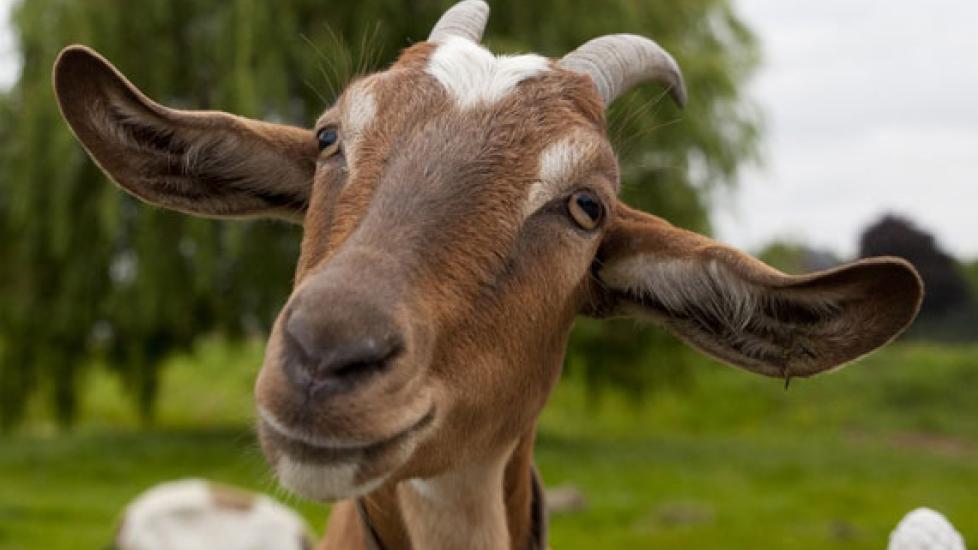What is a Fainting Goat and ... Why?
Truth be told, out of all the species I work with, the small ruminants are my favorite. Sheep and goats are just plain fun. They have hilarious personalities, their babies are the cutest things on the planet, and they’re not so big that they are a challenge to work with due to shear bulk.
I work with many different breeds of sheep but the goats around here aren’t found in as vast an array. There is one breed of goat, however, that is extremely unique that I just have to tell you about: the fainting goat.
Some of you may have heard of this breed before. It occasionally makes the rounds on the Internet and YouTube videos. Known officially, or at least to the International Fainting Goat Association, as the Tennessee Fainting Goat, this breed can go by other various colloquial names such as the wooden-leg or stiff-leg goat.
Technically speaking, this particular breed of goat has a genetic condition called myotonia congenita. Clinically speaking, although these goats are perfectly healthy, when they are startled or excited, their legs will become stiff and they simply fall over, giving the appearance that they have fainted although they remain conscious the entire time. After about ten seconds, the goat will recover, get up, and carry on like nothing happened. This “fainting” is not painful and does not adversely affect the goat in any way.
Fainting goats are usually black and white in color and are known for heavy muscling. Although myotonia is a condition that can also affect humans, in goats, it is still not well understood. Research suggests that only the muscles are involved (as opposed to nerve fibers or even the brain), but the exact biochemical reason for the sudden stiffness in response to startling stimuli is still unknown. The condition is hereditary.
Some animals within the breed are more affected than others. Also, as these animals age, they appear less reactive as compared to when they were younger. Bizarre video clips show small herds of fainting goats running in grass pastures until they are startled by something as benign as an open umbrella and almost in unison, the entire group drops to the ground, legs frozen straight, making them appear as though they suffered from instant rigor mortis. Then, they stand up and take off running again, almost as if nothing had happened. Admittedly, it’s hard not to laugh at such a sight. It’s also hard not to take advantage of such a sight, and I can say that from personal experience.
I used to have a few farms that had fainting goats and every spring, when kids were born, I would go out for vaccinations and health checks. The younger animals at these particular farms were a bit flighty and ran away from strangers. Usually, at an ordinary goat farm, this would result in lots of legwork to catch the critters, but at these farms, our job was made much easier by myotonia because the mere sight of me taking a step toward these goats made them keel over. As quick as possible, I did what I needed to do and soon they were on their feet again. Quick work is made with a herd of fainting goats!
You might think that this congenital abnormality is really a defect since these animals would not stand a chance out in the wild and I would tend to agree with you. However, consider the opossum, whose main defense mechanism is playing dead. Although these fainting goats are not willingly playing dead (the fainting is an uncontrollable reaction), it could perhaps be enough to convince a predator that the prey has already expired and is no longer desirable.
The fainting goats I know are raised as novelty pets and are not in danger of predation so their condition does not put them at an increased risk. Since goats have a complex social structure, I sometimes wonder what these goats actually think about when they have a fainting episode. Do they get embarrassed? From my experience, this appears not to be the case. If anything, they seem to laugh it off, as most goats do in most situations.

Dr. Anna O'Brien
Image: NikkiHoff / Shutterstock
